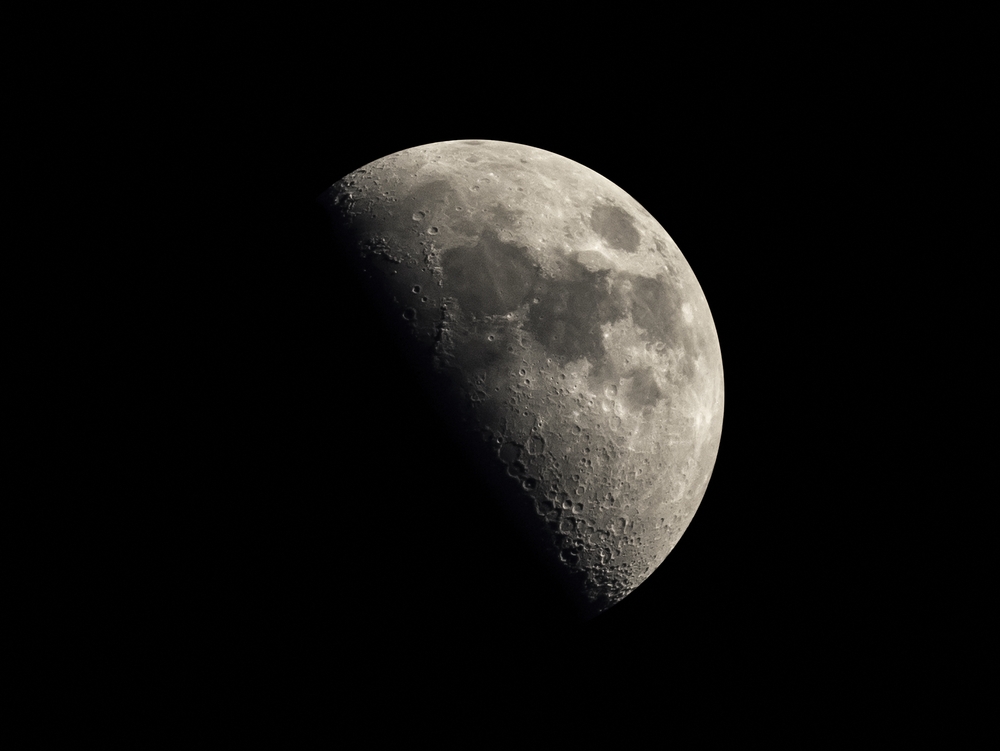The universe sparks the imagination and leads to some interesting theories. There is so little about our solar system we understand right now, as there are a lot of unanswered questions. One of the mysteries that keeps scientists awake at night is the moon. One hypothesis clearly states how the moon must be hollow, although that idea is met with a lot of resistance.
What Is Going On With The Moon’s Core?
Scientists have determined that every planetary body must have some form of a core. In our own planet’s case, that core sits in the middle of the Earth, although it is unreachable by humans. On top of that core, multiple layers exist, consisting of lava, rocks, dirt, and so on. When it comes to the moon, however, things appear to be very different, as that particular planetary body does not seem to have a core per se.
This theory is known as the Hollow Moon hypothesis, first proposed by H.G.Wells. At that time – circa 1901 – the concept of hollow planets was considered to be mere science fiction, rather than a possibility backed up by solid scientific research. As is usually the case with such an outrageous train of thought, the Hollow Moon hypothesis were deemed to be a conspiracy theory, which it still is to this very day.
That being said, there are quite a few bits of scientific evidence to back up these claims. The large craters found on the Moon’s surface may not even be the result of meteor impacts. Most craters are far too shallow, and some even have a flat bottom. If a meteor were to create such a crater, a flat bottom would not be possible by any means. The duo Vasin-Shcherbakov even suggested this was due to the moon having an armored hull underneath the rocky surface, although that has never been [dis]proven so far.
Moreover, there is the theory revolving around moonquakes recorded by seismometers installed on the Moon. Some of these quakes seemingly resulted in the planetary body “ringing like a bell”. That would not be possible if the Moon was an actual planet, yet it is a possibility when the planet is hollow. It has been proven shallow moonquakes act differently from quakes on earth. Then again, that still does not explode the ringing sound by any means.
One last factor to take into account is how the Moon is positioned in relation to our Earth. The Moon is at exactly the correct distance to influence tides on Earth, without causing major tsunamis or draughts. Even the smallest course change would have catastrophic consequences for our planet. Moreover, the Moon is also positioned in such a way it can precisely create a solar eclipse. Having two perfectly shaped planetary bodies in the same universe is highly unlikely. Plus, the moon’s orbit does not “spin” like other celestial bodies in our Solar System.
All of these facts combined lead to speculation of how the Moon is engineered. On top of that, there are elements on the moon that should not be there, such as processed metals which do not occur naturally. To top it all off, the moon is older than the earth, which only strengthens the speculation of how the planet is created artificially. Engineering a planet can only be done if the planet itself is hollow on the inside, yet contains enough internal “struts” to support its weight at all times. Last but not least, we have never visited the Moon again since the 1970s, although no one ever said why. Perhaps there is a lot more to this planet than meets the eye.
If you liked this article, follow us on Twitter @themerklenews and make sure to subscribe to our newsletter to receive the latest bitcoin, cryptocurrency, and technology news.

